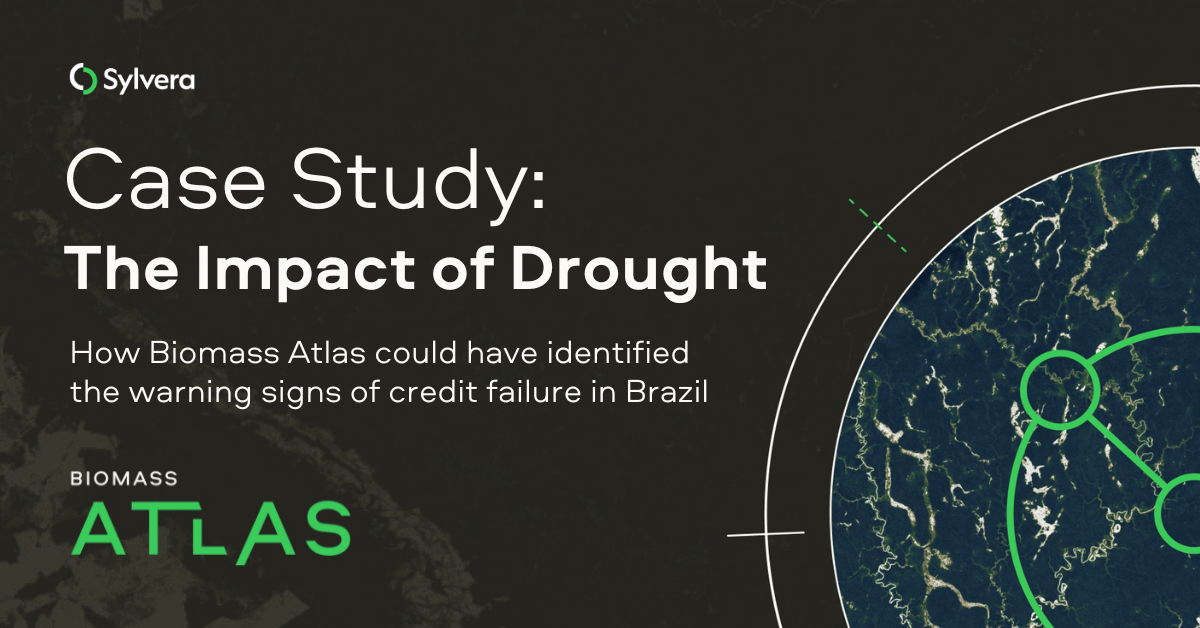“Over the years we’ve invested significantly in our field data team - focusing on producing trusted ratings. While this ensures the accuracy of our Ratings, it doesn’t allow the scale across the thousands of projects that buyers are considering.”
For more information on carbon credit procurement trends, read our "Key Takeaways for 2025" article. We share five, data-backed tips to improve your procurement strategy.

One more thing: Connect to Supply customers also get access to the rest of Sylvera's tools. That means you can easily see project ratings and evaluate an individual project's strengths, procure quality carbon credits, and even monitor project activity (particularly if you’ve invested at the pre-issuance stage.)
Book a free demo of Sylvera to see our platform's procurement and reporting features in action.
For organizations looking to buy carbon credits as part of their climate strategy, it can be overwhelming to select the right credits for their needs. Buyers care about quality and value, but also about the wider impacts of a project beyond the carbon impacts.
These co-benefits are especially significant for nature-based solutions (NBS). Projects can bring many positives beyond the primary metric of storing and sequestering carbon, both to biodiversity and local communities.
Projects make a variety of claims about their co-benefits, and it can be challenging to verify whether projects are really delivering. In addition, all this information can be overwhelming. Even when buyers have a clear idea of their priorities for project co-benefits, it can be a huge challenge to sift through all the information in order to select the best aligned projects.
As part of our mission to bring transparency to the voluntary carbon markets (VCMs), we have added another layer of certainty to the carbon credit due diligence process with additional data on the Sylvera ratings platform.
Co-benefits ratings and SDG tagging
Sylvera’s platform already offers solutions to help credit buyers with an interest in project co-benefits. Firstly, in addition to Sylvera’s headline performance rating, consisting of an additionality, permanence and carbon score, each project also receives a co-benefits score.
This score considers both community and biodiversity impacts. To assess community co-benefits, the scope, design and implementation of project activities that contribute to people-related United Nations Sustainable Development Goals (UN SDGs) are evaluated and the impacts of these are compared to progress towards these goals at local, regional and national levels. A similar assessment is undertaken to understand the threats to biodiversity in the project area, and the impact of protective schemes implemented by the project.
Additionally, to allow app users to easily filter projects based on their specific needs, each project is tagged to show which SDGs it contributes to. The co-benefits tab shows a detailed breakdown of the primary and secondary SDGs, and which project activities contribute to these goals.

Accreditations
VCM standards also recognise the value placed on co-benefits and safeguards by credit buyers, and award their own accreditations to rewards and reflect projects with verified additional benefits.
Sylvera’s platform now tags two accreditations from Verra: the Sustainable Development Verified Impact Standard (SD VISta) and the Climate, Community & Biodiversity (CCB) Standard.
These standards outline clear criteria in their program documents, and both Verra staff and independent third party auditors assess projects’ compliance with these criteria. Projects deemed compliant are awarded these accreditations by Verra, and are subject to ongoing reporting and monitoring requirements.

CCB
CCB accreditation is awarded to projects that demonstrably:
- Identify all stakeholders and ensure their full and effective participation
- Recognize and respect customary and statutory rights
- Obtain free, prior and informed consent
- Assess and monitor direct and indirect costs, benefits and risks
- Identify and maintain high conservation values
- Have net positive climate, community and biodiversity benefits
CCB accreditation is relevant to projects in the agriculture, forestry and land use (AFOLU) sector.
SD VISta
SD VISta accreditation is awarded to projects which make a measurable and quantifiable contribution to advancing the UN SDGs. One verified SDG label for each SDG achieved is permanently attached to the credit upon issuance.
SD VISta accreditation is not yet as common as CCB accreditation, and no Sylvera rated projects have yet achieved this accreditation. Currently the only projects methodologies with SD VISta accreditation are Improved Cookstove and Tidal Wetland Conservation and Restoration projects.
Find the carbon projects that aligns with your goals
Buying carbon credits channels finance to projects implementing critical activities to mitigate climate change. NBS can have even wider benefits and it’s encouraging that more and more credit buyers are recognising and valuing this.
However, it’s important to keep in mind that not all carbon projects are created equal. Ensuring visibility of these benefits, while also promoting independent verification of co-benefit claims ensures that real positive impacts can be recognized and rewarded by the market. Sylvera is committed to providing a holistic view of projects and we support this with our ongoing additions to our co-benefits ratings and tags in our app.
Whatever the aims or needs of your organization, reliable data on credits helps assure you that you are achieving the best impact for your spend, and can publicly share these contributions without fear of greenwashing claims.















